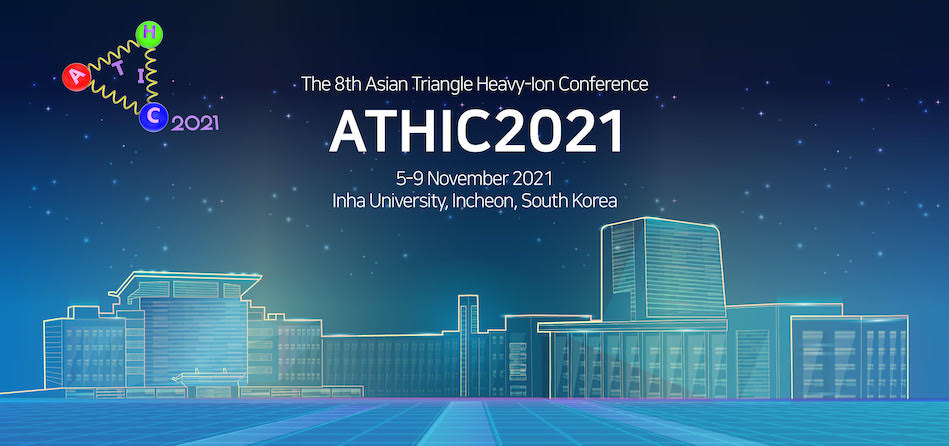Conveners
Contributed Session 3: Heavy Flavours and Quarkonia
- Su Houng Lee
Description
TBU
We discuss multi-charmed and exotic hadrons in heavy ion collisions by focusing on their production based on both the statistical and coalescence models. Starting from the investigation on estimated yields of multi-charmed hadrons in the statistical hadronization model, we consider transverse momentum distributions of those hadrons produced at quark-hadron phase transition in the coalescence...
The production cross sections of open heavy-flavour hadrons can be obtained by the collinear factorisation approach of QCD, by means of a convolution of the initial parton distribution functions of the incoming partons, the perturbative QCD partonic cross section, and the fragmentation functions in $\mathrm{e^+e^-}$, ep collisions. Recent measurements of charm-baryon production at midrapidity...
In this talk, we will discuss how sensitive is the heavy quarkonia to the bulk viscous nature of the QGP medium. We will discuss the effects of bulk viscous correction on the properties of quarkonium states. The non-equilibrium bulk viscous correction is incorporated in the distribution functions of thermal quarks and gluons, with which we compute the dielectric permittivity within the hard...
The goal of the ALICE experiment is to investigate the quark-gluon plasma (QGP), a state of matter in which quarks and gluons are deconfined. Heavy quarks, charm and beauty, are efficient probes of the properties of the QGP since they are predominantly produced in initial hard scattering processes, and subsequently interact with the medium. In particular, beauty production can be utilized to...
Quarkonia is a very useful tool to study the properties of the hot, dense matter, quark-gluon-plasma (QGP) in various collision systems. In this talk, we will review the recent results of the elliptic flow parameter (v2) of Upsilon(1S) and Upsilon(2S) mesons in PbPb collisions. Also, we present the cross-sections and nuclear modification factors of Psi(2S) and bottomonia in pPb collisions to...
Transverse momentum broadening and energy loss of a propagating parton are dictated by the space-time profile of the jet transport coefficient $\hat q$ in dense QCD medium. Spatial gradient of $\hat q$ perpendicular to the propagation direction can lead to a drift and asymmetry in parton transverse momentum distribution. Such an asymmetry depends on both the spatial position along the...
